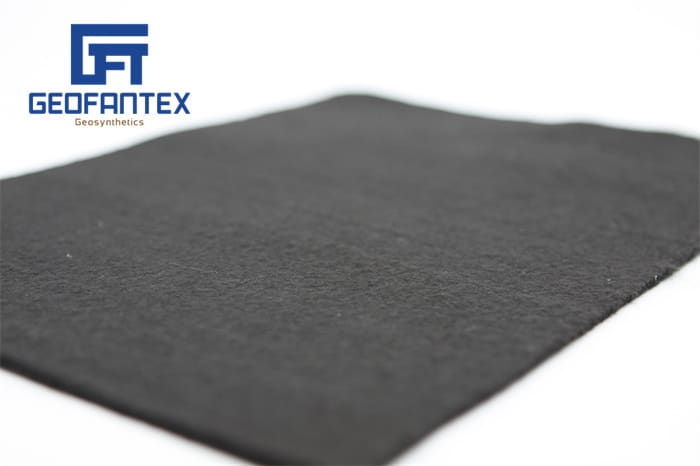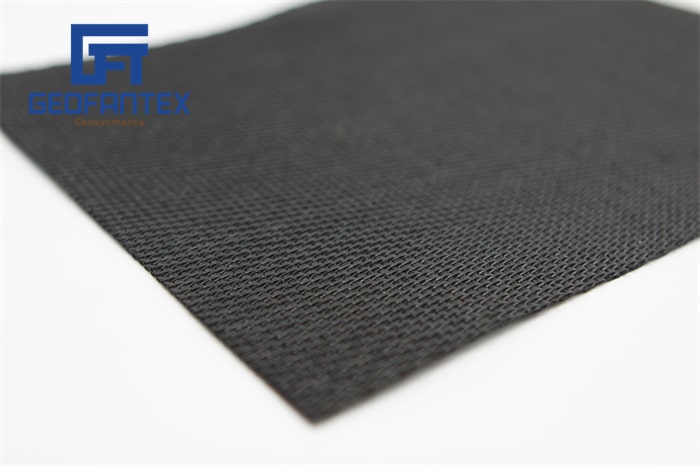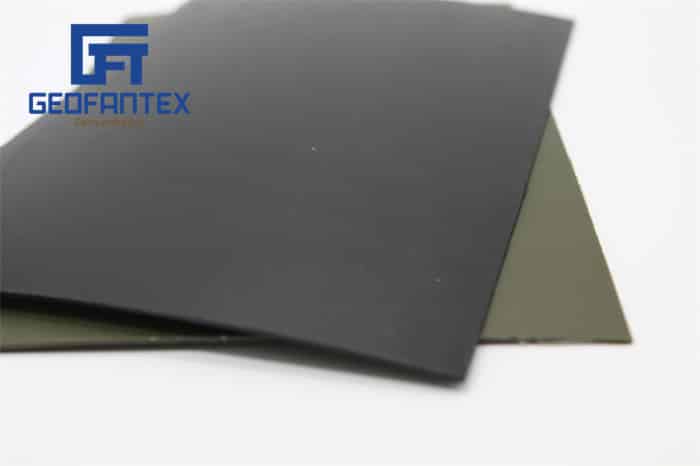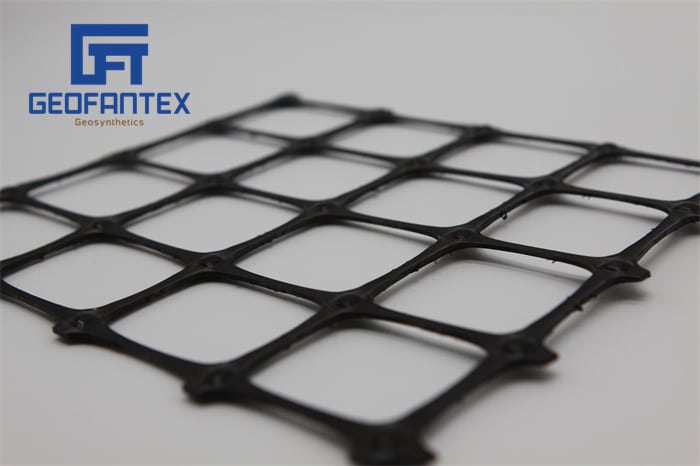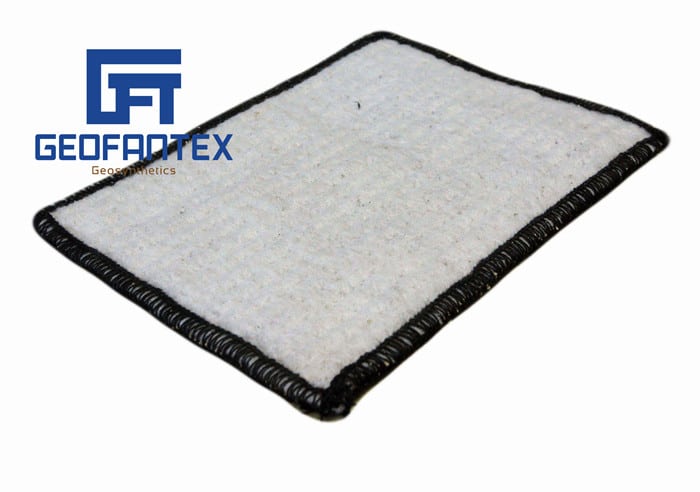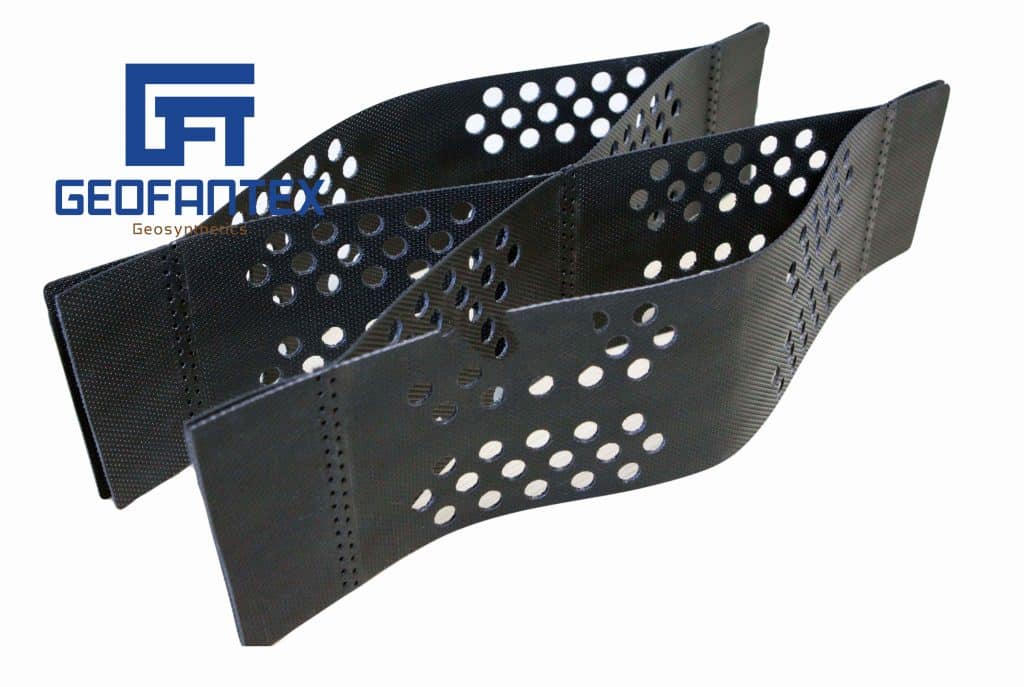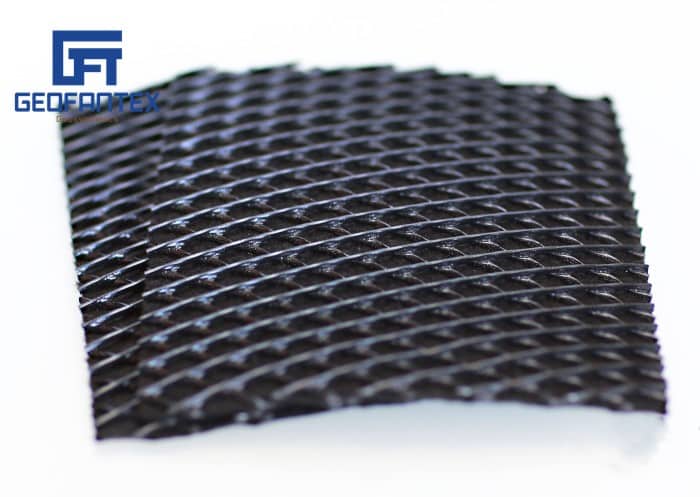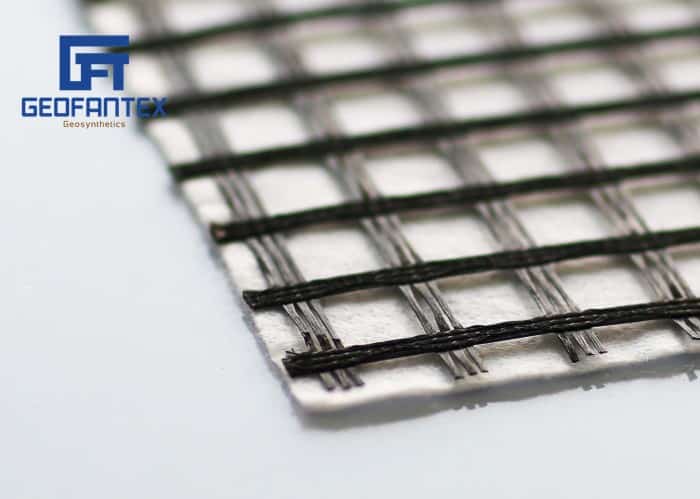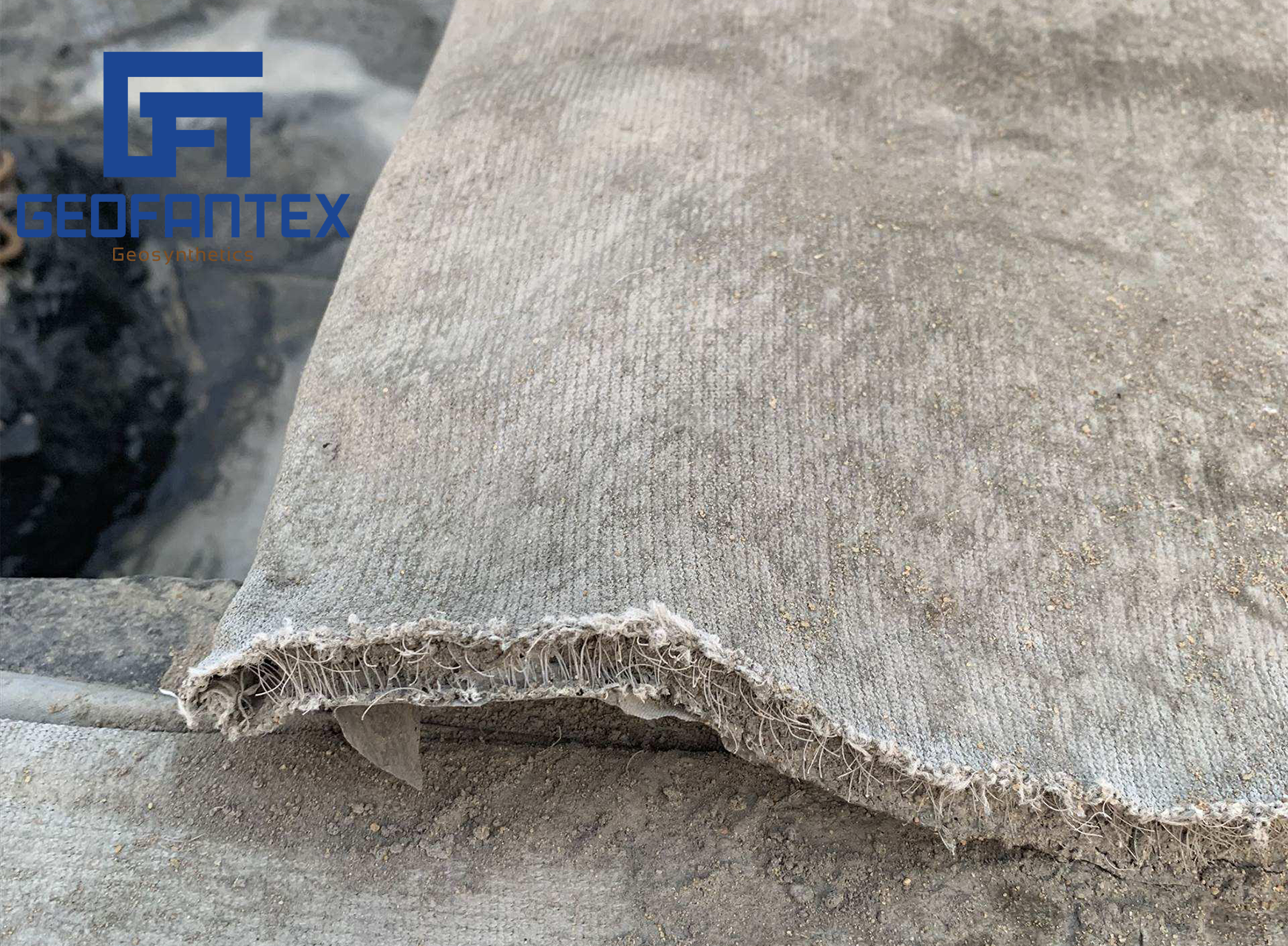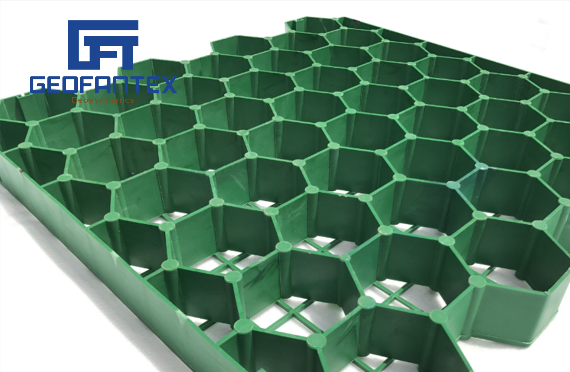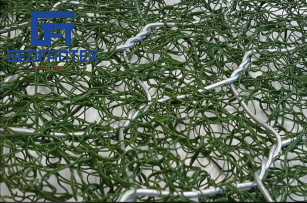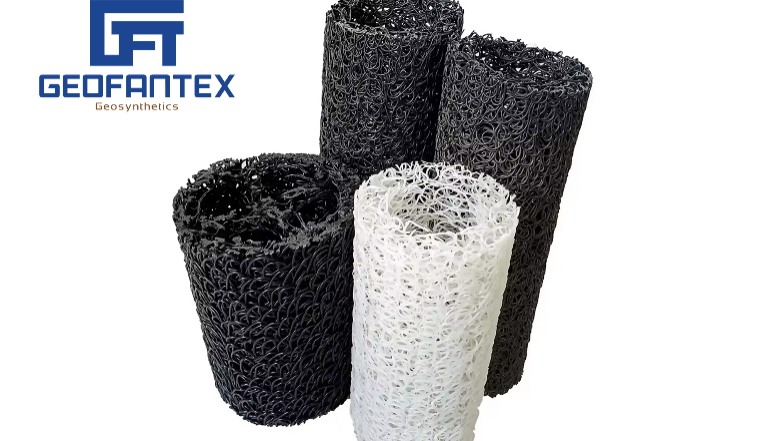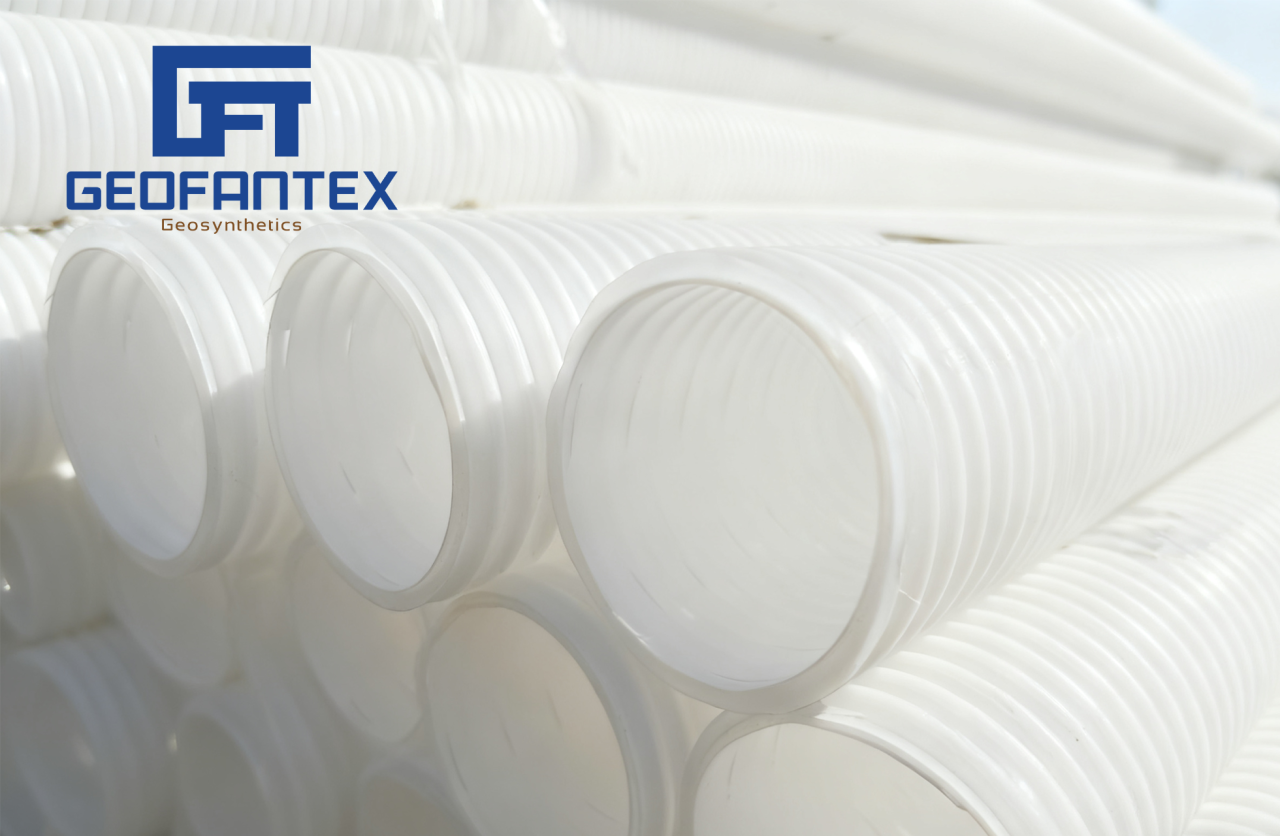+86-159 9860 6917
info@geofantex.com
geofantex@gmail.com
+86-400-8266163-44899
Geosynthetic clay liners are a critical component in today’s geosynthetics industry, offering reliable containment solutions for landfills, mining operations, and environmental protection projects. As a composite material made of a layer of bentonite clay sandwiched between geotextiles or bonded to a geomembrane, these liners provide a cost-effective and environmentally friendly barrier against fluid migration.

What Are Geosynthetic Clay Liners and How Do They Work?
Geosynthetic Clay Liners (GCLs) are composite materials used for containment and sealing in environmental engineering projects such as landfills, canals, and mining operations. They consist of a layer of bentonite clay placed between geotextiles or attached to a geomembrane. When hydrated, the bentonite swells and forms a dense, low-permeability barrier that prevents the passage of liquids and gases. This natural sealing ability gives GCLs a self-healing characteristic, allowing them to close small punctures or cracks automatically. The outer geotextile layers provide mechanical strength and help maintain the structure, especially on slopes or uneven surfaces. GCLs are favored for their ease of installation, reliable performance, and space-saving design compared to traditional compacted clay liners.
In Which Applications Are GCLs Commonly Used?
GCLs are widely used in:
- Landfills: Base liners and caps to prevent leachate escape and rainwater infiltration.
- Mining: Heap leach pads, tailings dams, and process water containment.
- Water Management: Canals, stormwater basins, and pond liners.
- Environmental Remediation: Containment of contaminated soil or groundwater.
According to Mordor Intelligence (2024), the global geosynthetics market is projected to reach USD 15.8 billion by 2028, with GCLs seeing a steady CAGR of 6.2%, driven by stricter environmental regulations and increasing waste management demands.
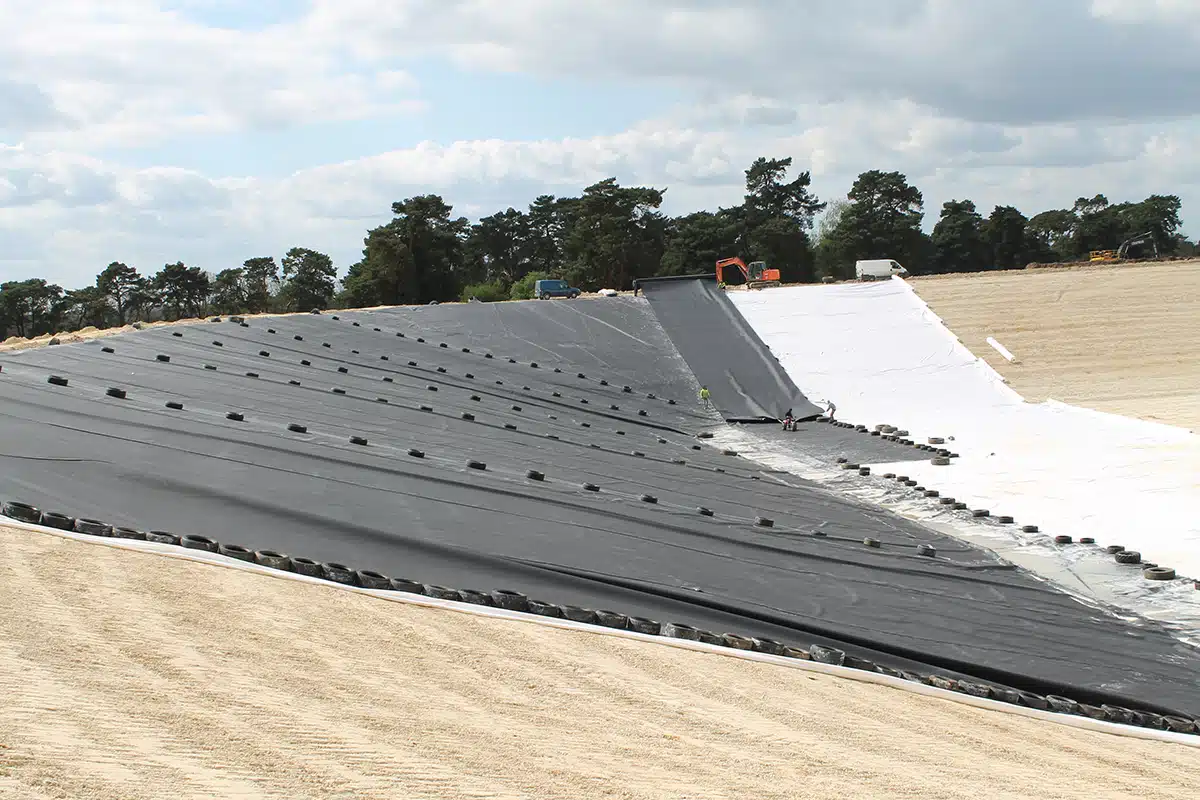
How Do GCLs Compare to Traditional Compacted Clay Liners?
GCLs offer several key advantages over traditional compacted clay liners:
- Improved Hydraulic Performance: When hydrated, GCLs typically achieve a permeability of 1×10⁻⁹ m/s or lower, outperforming most compacted clays.
- Simplified Installation: GCLs are lightweight and come in rolls, significantly reducing labor and time.
- Consistent Quality: Manufactured in controlled environments, GCLs offer uniform properties, unlike natural clays, which vary based on location.
In many scenarios, GCLs can replace up to 1 meter of compacted clay with just a few millimeters of material, reducing the footprint and increasing design flexibility.
What Are Key Considerations for Successful GCL Installation?
For optimal performance, engineers and installers should consider:
- Hydration Source: Ensure adequate moisture content for bentonite activation, especially in arid regions.
- Seam Overlaps: Follow manufacturer guidelines for overlaps to prevent leakage.
- Subgrade Conditions: A smooth, compacted base prevents punctures or uneven hydration.
- Chemical Compatibility: Assess GCL resistance to leachates or other site-specific chemicals.
As noted by the International Geosynthetics Society, over 500 million square meters of GCLs have been installed globally across waste containment and mining projects, underlining their growing importance in infrastructure and environmental protection.
Geosynthetic clay liners continue to play a vital role in advancing sustainable construction and environmental management. With increasing regulatory pressures and the need for cost-effective, high-performance containment, their adoption is expected to grow significantly across industries.
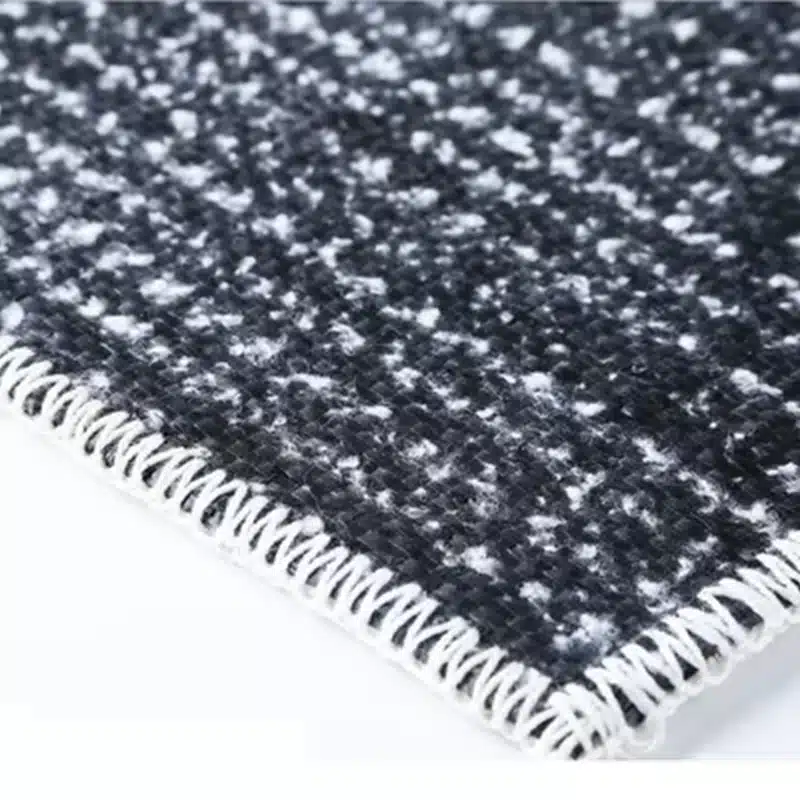
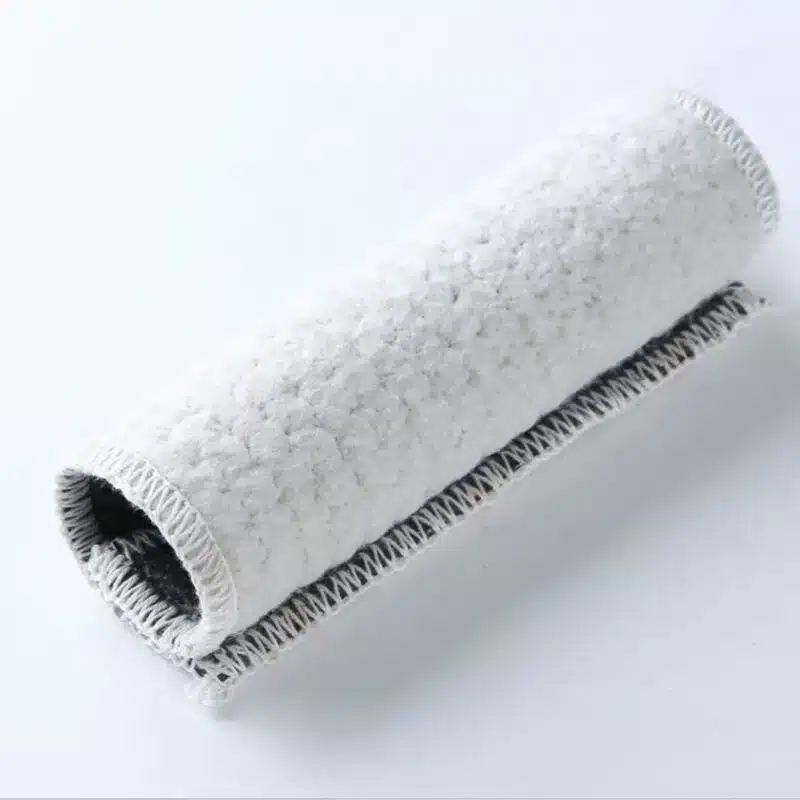
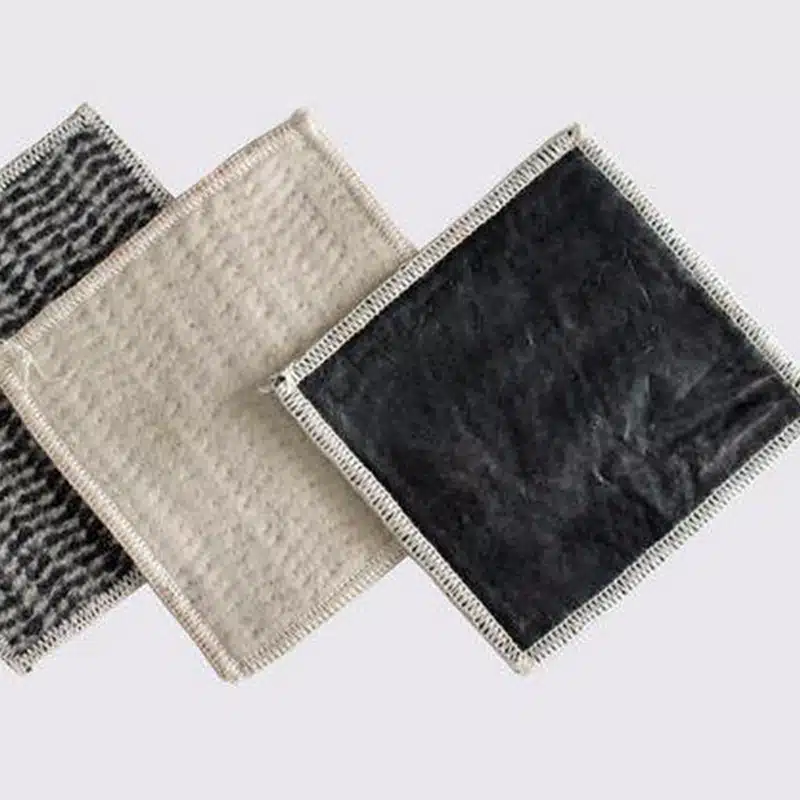
Get Free Sample
We’ll respond as soon as possible(within 12 hours)

